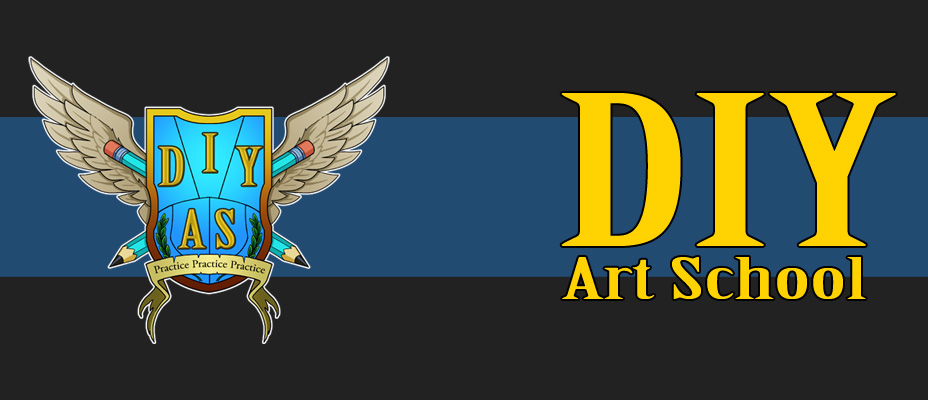There is more to art than what you do with pencils, brushes, and computers, or any art material. Good art takes place in the mind as a mental exercise as well as a physical one, and as such, it’s a skill that can be honed even when you don’t have anything to draw or paint with.
If I had to list the most important attributes to make up a successful artist, I’d most likely start with Observation. Observation is different than merely seeing. Seeing is mechanical, the input from your eyes to your brain. Observation is more complex and is the result of seeing combined with thinking, analyzing, and making an effort to notice some of the elements that often go unnoticed.
Some beginning artists merely rely on their eyes. They see something, and they attempt to recreate it in their art. You have far more power if you not only see something, but also understand it. So how do you go about improving this skill? It’s as easy as using your eyes and brain wherever you are. Ask yourself questions that you’d likely consider if you were actually painting a scene from life, and maybe a few that you might forget to ask yourself if you were caught in the art making process.
One of my favorite exercises is to spot reflected light and color, and pick out the source. Rather than being content to merely see the highlight and to recreate it, by understanding it more fully you have the ability to alter and control it. Take for example a bit of shiny metal on some object on your table top. It has some nice bright highlights, but you haven’t considered where that light comes from. With careful observation you can pick out that some of them are coming from the window behind you, giving those highlights a subtle cool color. Others are coming from the lights in the room, which are warmer. Having taken the time to understand what is going on more closely, you’ve been able to notice subtle color differences that you might not have noticed before, and that complexity will make your image more interesting. It also gives you the power to make artistic changes with more confidence. For example if you decided to change the time of day the light from the window would be different and thus would it’s reflections on the object.
The more you know, the better your observation skills potentially get as well. Knowledge of anatomy means that you can combine what you see with what you know, to give you clues on how to spot difficult plane or color changes. Your eyes can sometimes fool you, or give you misleading clues. Making some observations from another angle will help you understand what is going on in front of you.
There are hundreds of questions and observations that you can make on a daily basis that will help hone your observation skills, and in the process widen your understanding of how to portray the world accurately. The stronger your observation skills, the better decisions you’ll be able to make at the drawing board or easel. Like with everything else, practice helps greatly, along with knowledge.


No comments:
Post a Comment